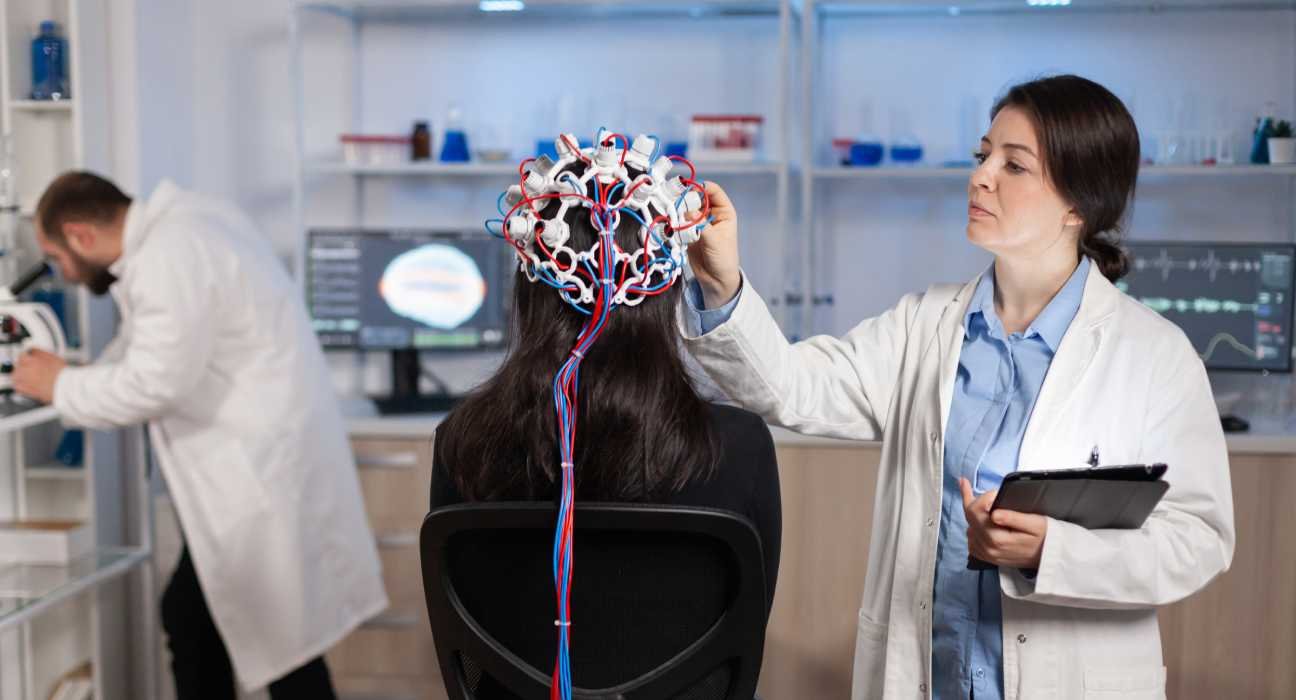Since the early 20th century, researchers and professionals have attempted to integrate psychology into health by proposing various theories and models. In 1973, the American Psychological Association created a task force to focus particularly on the potential role of psychology in health research. This decision along with other factors such as growing chronic illnesses, advances in technology and research, expansion of healthcare services and increased acceptance of medical interventions led to the perfect zeitgeist for the birth of a new subdiscipline of psychology, otherwise called as health psychology. Health psychology has been one of the most important developments in the field of psychology in the past 50 years.
Biopsychosocial model of health
The World Health Organization (WHO) defines health as “a state of complete physical, mental, and social well-being and not merely the absence of disease or infirmity.” Health psychologists and other health professionals follow a certain model that goes vis-á-vis the definition of health as proposed by the World Health Organization, to explain health and illness. Researchers and scholars know this model as the biopsychosocial model. Developed by Engel (1977), the biopsychosocial model looks at health and illnesses as consequences of the interplay of biological, psychological and social factors. Unlike the previous models of health, this model provides a holistic perspective in explaining health and illnesses.
Read More: Exploring the Intersection of Psychology and Health Inequality
In other words, this model views humans as complex systems and posits that it is difficult to zero in on one factor when attempting to explain the cause of an illness. Unlike the biomedical model, the biopsychosocial model equally considers the role of biological factors (such as genetics, viruses, bacteria, lesions, and structural defects), social factors (such as class, employment, ethnicity, social norms, pressures to change behaviour, social values on health) and psychological factors (such as cognitions, emotions, behaviours, beliefs, coping, stress experiences and pain). This position of the biopsychosocial model no longer views the patient as a passive victim to pathogens but asks questions on whether the patient could have actively played a role in becoming ill.
As a result of this, treatments along the lines of the biopsychosocial model are holistic. Such interventions and treatments treat the patients as a whole. This could be through lifestyle and behavioural changes, changing one’s own beliefs, developing better-coping strategies, adherence and compliance to medical treatment, etc. This gives the patient an active role in their treatment process.
Read More: Why should doctors be trained in Psychology?
Mind-body interaction
Another interesting feature of this model is that it does not view health and illness as two opposites with rigid qualitative and quantitative differences, but instead views them as existing on a continuum. It highlights that an individual is not either healthy or ill, but rather progresses and regresses along this continuum from a state of good health and illness. This model also views the mind and body as two interdependent entities that interact with each other, unlike the previous models that posit mind and body as independent entities.
Read More: Adopt 21 easy habits for a healthy mind and body
The biopsychosocial model also considers two pathways for interaction between psychology and health – direct and indirect pathways. The direct pathway is based upon the physiological consequences due to psychological states and often uses literature from research studies exploring the impact of stress on illness and health, in general. In other words, this pathway shows that certain psychological states or mental experiences directly affect the individual’s physiology. For example, chronic stress might cause inflammation due to involuntary digestive functions happening as a result of repeated activation of the Sympathetic Nervous System.
Read More: Understanding Chronic Pain: Causes, Symptoms, and Treatment Options
The indirect pathway is based more on the behavioural consequences that manifest due to psychological states, and eventually affect the physiological systems of the individuals. Often, this pathway uses literature based on lifestyle, risk behaviours and other behavioural tendencies that could be attributed to certain psychological characteristics but could also be traced as causing disruptions in physiological functions. For example, chronic stress is associated with smoking behaviour, which eventually causes diseases such as cancer and Coronary Heart Disease.
Criticisms of the biopsychosocial model
Any model when viewed through the lens of scientific enquiry would have limitations. Engel himself provided a critique of the model. The points of his critique are as follows:
- Patients who adopt a sick role or claim to be ill might not necessarily have a biological issue.
- Psychosocial factors, such as the placebo effect might influence the success of biological treatments.
- While biochemical changes might not directly translate into an illness, psychological alterations might manifest as illnesses or suffering under certain circumstances. Therefore, clarity upon how the biological and psychosocial factors manifest as illnesses are unclear.
- The patient-clinician interaction affects the treatment outcomes and the health of the patient, unlike inanimate subjects of scientific enquiry. These effects can, however, differ from person to person.
- The presence of biological alterations does not imply the meaning of the symptom for the patient. For example, a certain symptom might not be majorly disruptive and is more likely to be brushed under the rug by certain patients. On the other hand, some other patients might find the same symptom troubling.
- All these points of critique show that the biopsychosocial model might not be fully scientific as it might violate certain scientific principles, such as falsification, replication and verifiability. This is because the same study might elicit two different results due to the complex interplay of underlying biological and psychosocial factors seen in the patients/participants as well as the clinicians/researchers.
Nevertheless, clinicians extensively use this model today to explain and treat various acute and chronic illnesses. The biopsychosocial model of health has also broadened the clinician’s perspective of illness, suffering and healing, with a stronger focus on relationship-centred care.
References +
- Brannon, L., Feist, J. & Updegraff, J.A. (2014) Health psychology: An introduction to behaviour and health, 8 th Edition. Wadsworth Cengage Learning.
- Carrió, F. B. (2004). The Biopsychosocial Model 25 Years Later: Principles, Practice, and Scientific Inquiry. Annals of Family Medicine, 2(6), 576–582. https://doi.org/10.1370/afm.245
- Ogden, J. (2007) Health Psychology: A textbook, 4 th Edition. McGraw Hill Open University Press.
- Taylor, S.E. (2012) Health Psychology, 9 th Edition. McGraw Hill Education.
- World Health Organization. (n.d.). Constitution.https://www.who.int/about/accountability/governance/constitution













Leave feedback about this